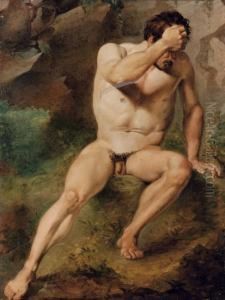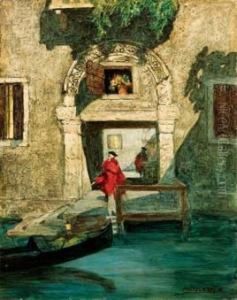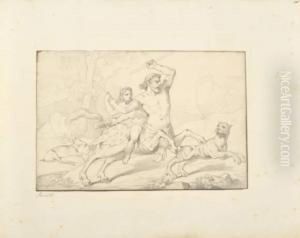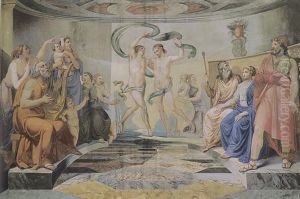Pietro Paoletti Paintings
Pietro Paoletti was an Italian artist known for his contributions to the Neoclassical movement, which was characterized by its emphasis on simplicity, symmetry, and an appreciation of the arts of ancient Greece and Rome. Born in 1801 in Venice, Paoletti showed an early talent for the arts and was immersed in the rich cultural environment of the city, which was a hub for artists and intellectuals during that period.
Trained at the Accademia di Belle Arti di Venezia (Venice Academy of Fine Arts), Paoletti honed his skills under the guidance of prominent artists of his time. His education would have included rigorous drawing classes, the study of anatomy, and a deep engagement with the classical canons of beauty and proportion. Paoletti's work was influenced by the prominent Neoclassical artists of the era, such as Antonio Canova, who was also associated with the Venetian artistic scene.
Throughout his career, Paoletti received various commissions for religious and historical art, which were the predominant genres for Neoclassical painters. His paintings and sculptures often reflected the aesthetic ideals of Neoclassicism, with a focus on harmony, clarity, and the depiction of noble subjects. While Paoletti may not be as widely known as some of his contemporaries, his work contributed to the rich tapestry of 19th-century Italian art.
Pietro Paoletti's career was cut short by his premature death in 1847. Despite his relatively short life, he managed to leave behind a body of work that exemplifies the Neoclassical style. His legacy is preserved in various Italian institutions and collections that house works from the period, providing insight into the artistic trends and cultural milieu of early 19th-century Italy.



